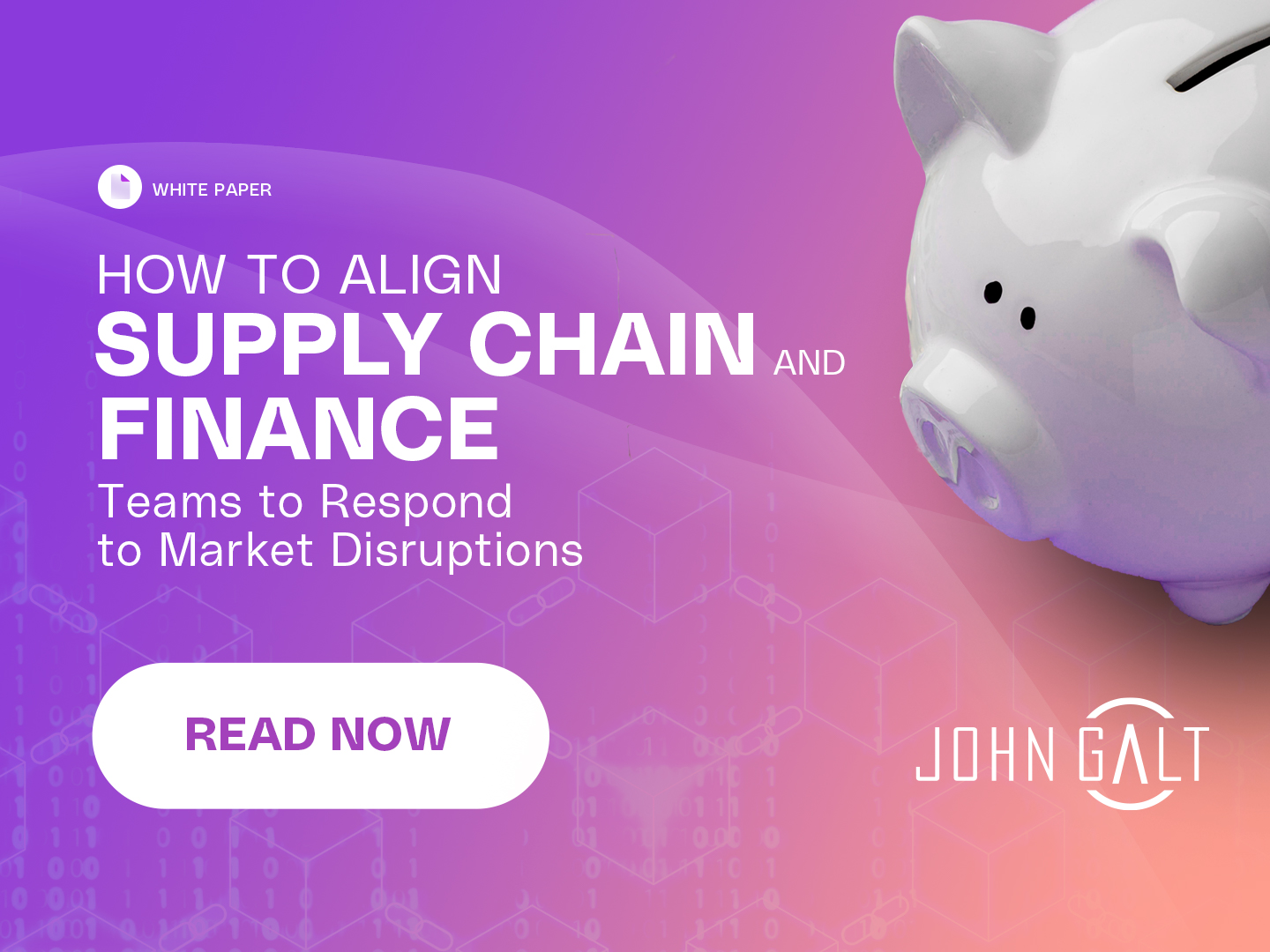Every day we face new opportunities and challenges. Unexpected disruptions, emergence of new markets, operational challenges, and non-traditional competitors, require a greater connection across the enterprise, especially between supply chain and finance leaders.
Company-wide collaboration is an often cited goal in today’s business. During both prosperous and uncertain times, the need for strong alignment between supply chain and finance is critical. However, this bond between supply chain and finance has historically been quite limited. In the last few years, recent events spurred on by the global pandemic have driven many supply chains into crisis mode necessitating the need for regular collaboration between CSCOs and CFOs to ensure both organizations possess a greater understanding of mutually shared goals.
Supply chain issues like transportation capacity constraints, soaring commodity prices, and scarce and more expensive labor markets are certainly not new. However, the combination of these challenges occurring simultaneously, coupled with the velocity of change, is generating new forms of financial and operational risk that supply chain and finance teams must tackle in tandem.
To respond to current market challenges and future uncertainty, organizations need to model for a broader set of financial drivers to drive profitability, capitalize on market growth opportunities, and maximize performance.
For example, an advanced S&OP process that features a strong partnership between supply chain planning and finance can help shift the tide in your favor. This process paired with consistent communication with other cross-functional teams enabled Full Compass Systems to manage a challenging balancing act impacted by suppliers who couldn’t deliver – and many times didn’t know when they could deliver – with staying ahead of its customers’ evolving needs.
To be successful in today’s digital world full of complexities and unexpected disruptions, the traditional silos that exist between finance and supply chain must be torn down.
Companies can no longer afford to operate in a silo. The digital business climate requires companies to rethink traditional operations to identify any number of financial impact drivers and, in turn, model different potential scenarios across time horizons optimizing for profitability, cash flow, market growth and spot opportunities, and more.
During a crisis, companies must model the supply chain and consider impact on cash cycles, which supplier reliability and customer payment terms can upend. Effective governance of both calls for a digital platform that provides end-to-end visibility to all stakeholders and improves collaboration between finance and supply chain.
A cloud-based, AI-driven solution like Atlas Planning Platform promotes the supply chain and finance partnership, which improves demand signaling and forecasts and provides end-to-end supply chain visibility. The system gathers data in real-time and consolidates it into a single platform. When all stakeholders can access the latest information, they can make faster and better decisions, even during disruption.
Explore examples of financial drivers and S&OP processes that supply chain and finance must tackle in tandem to increase preparedness for disruptions and improve outcomes.

